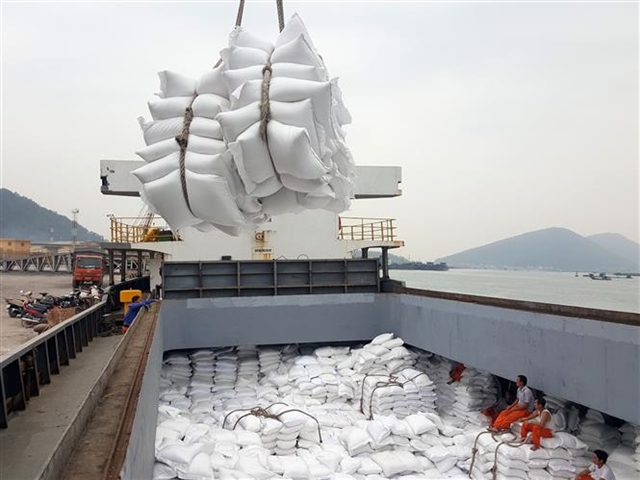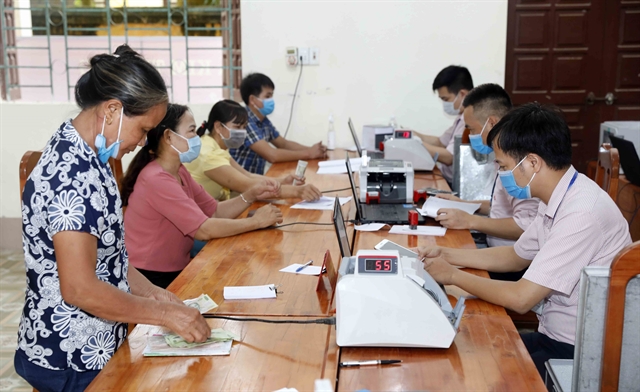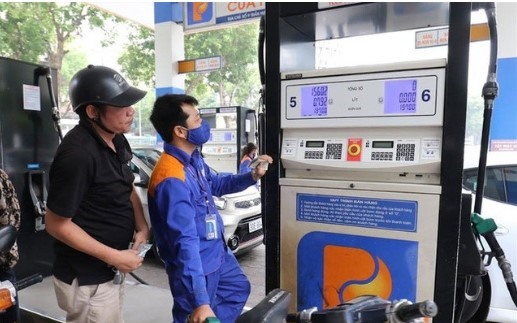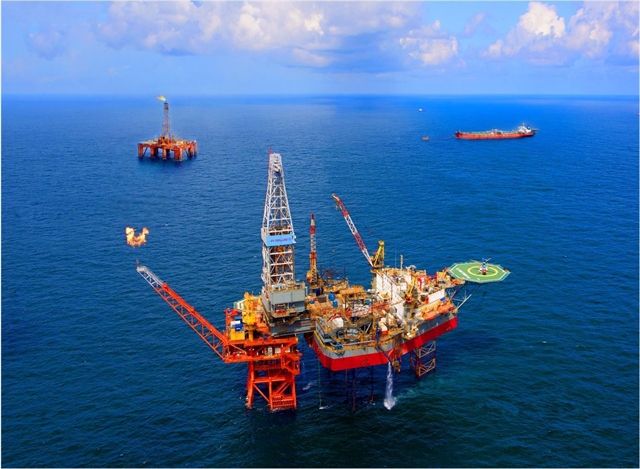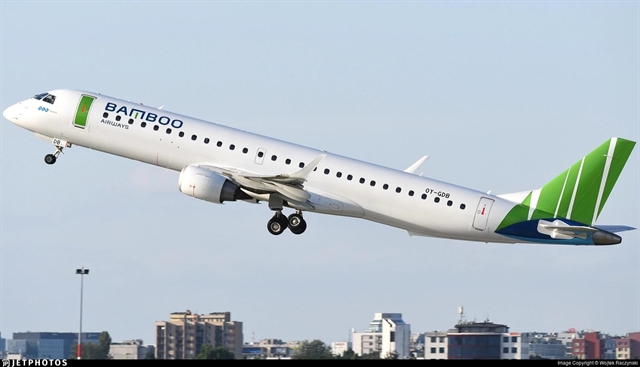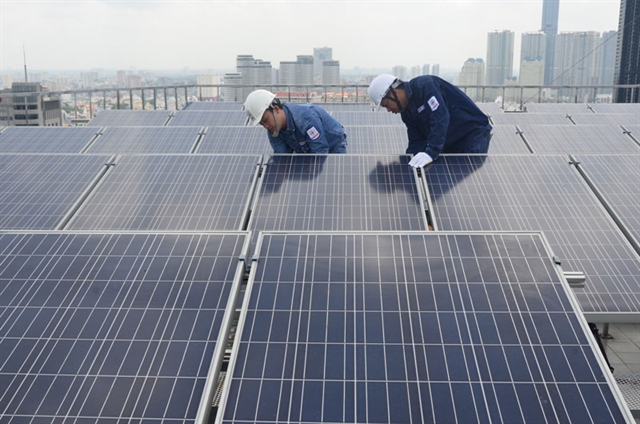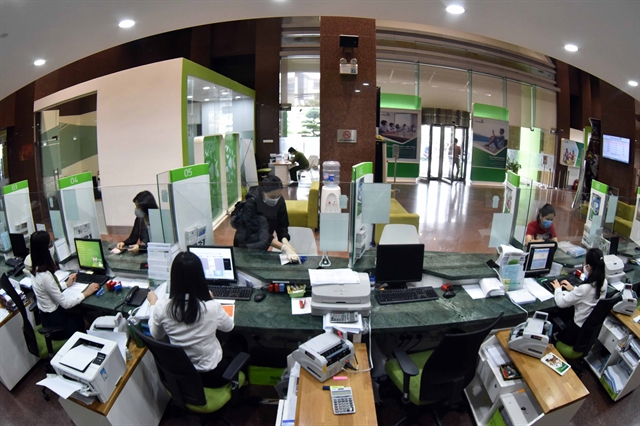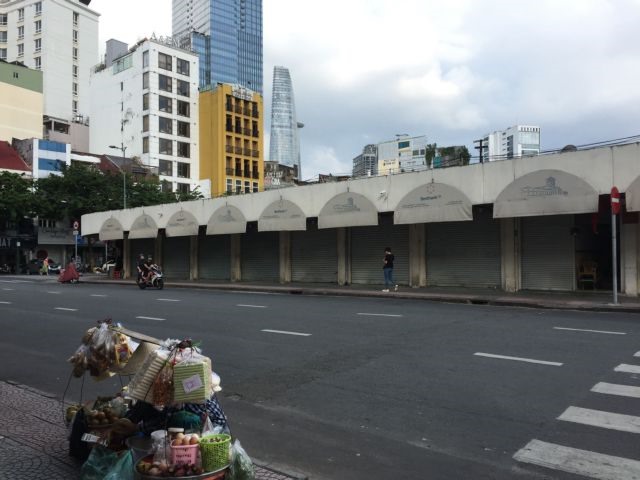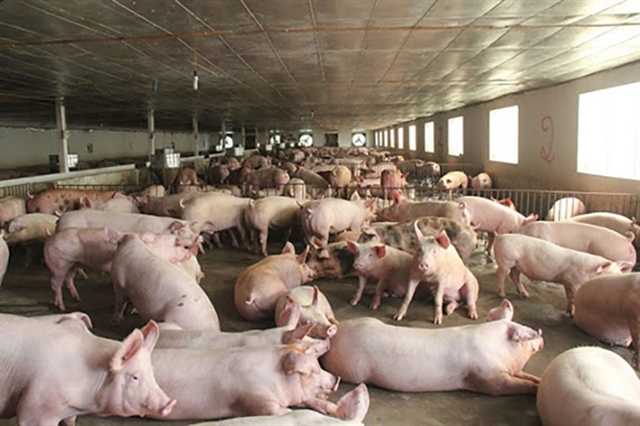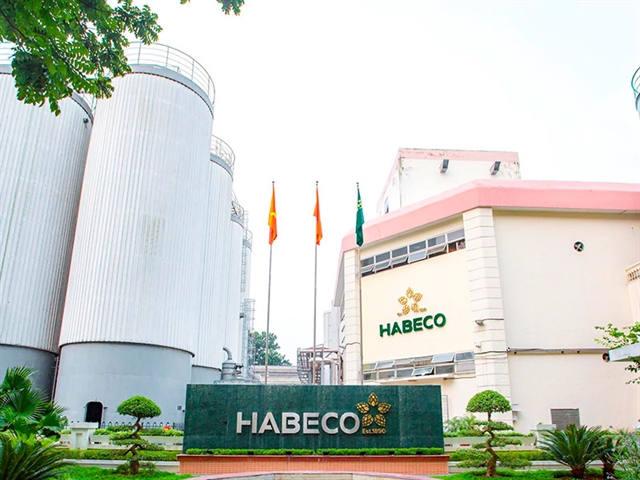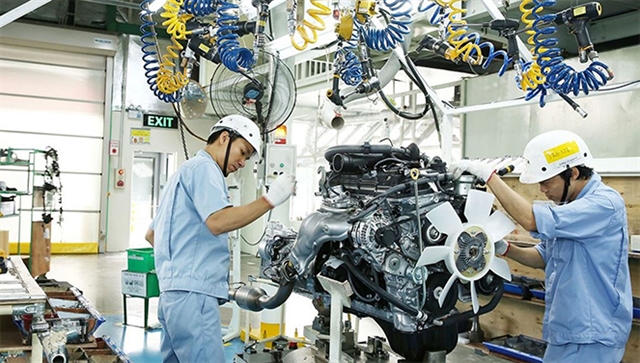
HÀ NỘI — In the context of the COVID-19 pandemic returning from July, the General Statistics Office (GSO) continues to conduct a survey on impacts of the pandemic on production and business activities for the second time.
GSO launched the first survey to assess the impact of COVID-19 on production and business activities in April and received appreciation from the Government, the Prime Minister, ministers, sectors and businesses.
The purpose of this survey is to collect information about the impact of COVID-19 on production and business activities of enterprises; as well as assessing the level of support and the spread of the Government's policies to businesses.
From that, the Government, sectors and localities have policies and solutions to continue solving difficulties for production and business to help businesses respond better to the second wave of COVID-19.
The contents of the investigation include identifying information of the enterprises (name, address, telephone, fax, email, tax code, type of economy, main business line); the situation of production and business activities of enterprises; solutions of businesses to respond to the effects of COVID-19; evaluate the effectiveness of Government solutions to support businesses; and information on the competitiveness of businesses.
Information will be collected between September 10-20 and the result is expected to be announced at the end of the month.
The first survey in April revealed that up to 85.7 per cent of about 126,500 enterprises surveyed nationwide were affected by COVID-19.
Of which, the industry - construction and service sector suffered the most from the pandemic with the rate of affected businesses 86.1 per cent and 85.9 per cent, respectively.
Meanwhile agriculture, forestry and fishery sector was less affected with 78.7 per cent.
Notably, a number of economic sectors have a high rate of businesses negatively affected by COVID-19, including aviation (100 per cent), accommodation services (97.1 per cent), catering services (95.5 per cent), travel agencies (95.7 per cent), education and training (93.9 per cent), followed by textiles and garments, leather products, electronics, and automobile production, which all have a rate of over 90 per cent. — VNS

